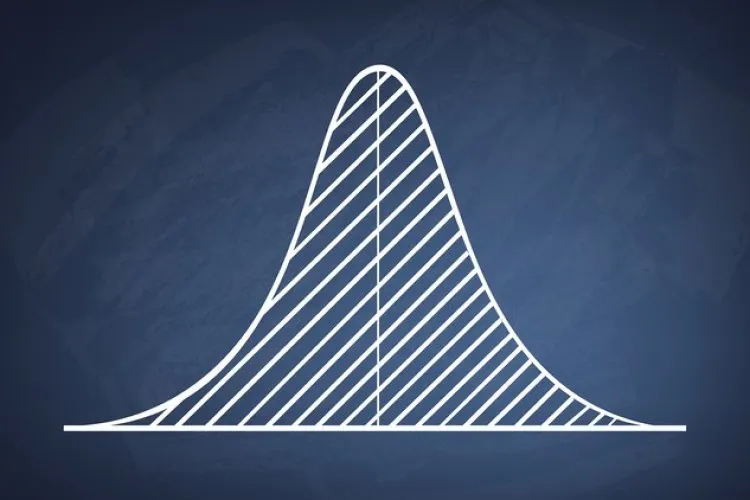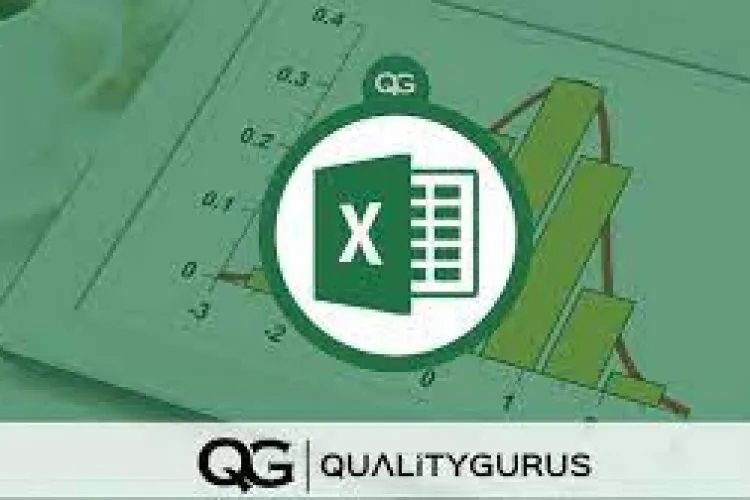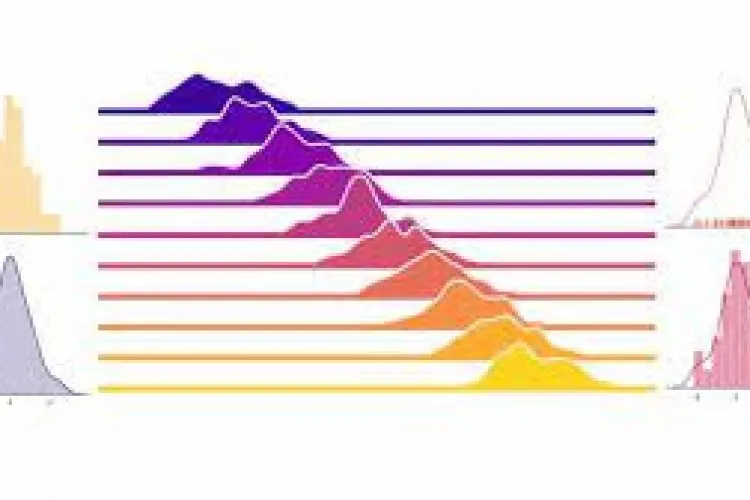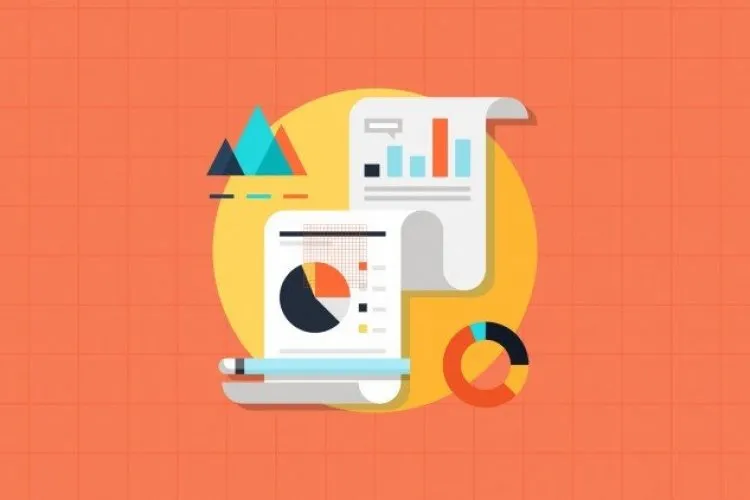TOP 10 Most Popular Statistics Courses
TOP 10 Most Popular Statistics Courses
TOP 10 Most Popular Statistics Courses
- 1. Statistics for Business Analytics and Data Science A-Z™
- 2. Statistics for Data Analysis Using Excel 2016
- 3. Statistics / Data Analysis in SPSS: Inferential Statistics
- 4. Probability and Statistics for Business and Data Science
- 5. Introduction to Statistics
- 6. Become a Probability & Statistics Master
- 7. Master statistics & machine learning: intuition, math, code
- 8. Decision Making: Mistakes, in Probability and Statistics !
- 9. Statistics & Mathematics for Data Science & Data Analytics
- 10. Foundation of Statistics with Minitab
1. Statistics for Business Analytics and Data Science A-Z™
Description
If you are aiming for a career as a Data Scientist or Business Analyst then brushing up on your statistics skills is something you need to do.
But it's just hard to get started... Learning / re-learning ALL of stats just seems like a daunting task.
That's exactly why I have created this course!
Here you will quickly get the absolutely essential stats knowledge for a Data Scientist or Analyst.
This is not just another boring course on stats.
This course is very practical.
I have specifically included real-world examples of business challenges to show you how you could apply this knowledge to boost YOUR career.
2. Statistics for Data Analysis Using Excel 2016
Description
Start loving data and making sense of it. Leverage the power of MS Excel to make it easy!
Learn statistics, and apply these concepts in your work place using Microsoft Excel.
This course is about Statistics and Data Analysis. The course will teach you the basic concepts related to Statistics and Data Analysis, and help you in applying these concept. Various examples and data-sets are used to explain the application.
I will explain the basic theory first, and then I will show you how to use Microsoft Excel to perform these calculations.
3. Statistics / Data Analysis in SPSS: Inferential Statistics
Description
November, 2019.
Join more than 1,000 students and get instant access to this best-selling content - enroll today!
Get marketable and highly sought after skills in this course that will substantially increase your knowledge of data analytics, with a focus in the area of significance testing, an important tool for A/B testing and product assessment.
Many tests covered, including three different t tests, two ANOVAs, post hoc tests, chi-square tests (great for A/B testing), correlation, and regression. Database management also covered!
Two in-depth examples provided of each test for additional practice.
4. Probability and Statistics for Business and Data Science
5. Introduction to Statistics
6. Become a Probability & Statistics Master
Description
HOW BECOME A PROBABILITY & STATISTICS MASTER IS SET UP TO MAKE COMPLICATED MATH EASY:
This 163-lesson course includes video and text explanations of everything from Probability and Statistics, and it includes 45 quizzes (with solutions!) and an additional 8 workbooks with extra practice problems, to help you test your understanding along the way. Become a Probability & Statistics Master is organized into the following sections:
-
Visualizing data, including bar graphs, pie charts, Venn diagrams, histograms, and dot plots
-
Analyzing data, including mean, median, and mode, plus range and IQR and box-and-whisker plots
-
Data distributions, including mean, variance, and standard deviation, and normal distributions and z-scores
-
Probability, including union vs. intersection and independent and dependent events and Bayes' theorem
-
Discrete random variables, including binomial, Bernoulli, Poisson, and geometric random variables
-
Sampling, including types of studies, bias, and sampling distribution of the sample mean or sample proportion, and confidence intervals
-
Hypothesis testing, including inferential statistics, significance levels, type I and II errors, test statistics, and p-values
-
Regression, including scatterplots, correlation coefficient, the residual, coefficient of determination, RMSE, and chi-square
7. Master statistics & machine learning: intuition, math, code
Description
Statistics and probability control your life. I don't just mean What YouTube's algorithm recommends you to watch next, and I don't just mean the chance of meeting your future significant other in class or at a bar. Human behavior, single-cell organisms, Earthquakes, the stock market, whether it will snow in the first week of December, and countless other phenomena are probabilistic and statistical. Even the very nature of the most fundamental deep structure of the universe is governed by probability and statistics.
You need to understand statistics.
Nearly all areas of human civilization are incorporating code and numerical computations. This means that many jobs and areas of study are based on applications of statistical and machine-learning techniques in programming languages like Python and MATLAB. This is often called 'data science' and is an increasingly important topic. Statistics and machine learning are also fundamental to artificial intelligence (AI) and business intelligence.
If you want to make yourself a future-proof employee, employer, data scientist, or researcher in any technical field -- ranging from data scientist to engineering to research scientist to deep learning modeler -- you'll need to know statistics and machine-learning. And you'll need to know how to implement concepts like probability theory and confidence intervals, k-means clustering and PCA, Spearman correlation and logistic regression, in computer languages like Python or MATLAB.
8. Decision Making: Mistakes, in Probability and Statistics !
Description
Most of us have learnt some Probability and Statistics in High School, or later in college, or as part of our MBA. We know the basic concepts, and may even use it regularly in our judgements and decisions!
However, what most of us may not be aware of, are the many many ways we can be de-railed, in using concepts from Probability and Statistics, in making our decisions! The various errors commonly made, the many misconceptions we have. In judging probabilities and risks, sampling and statistics.
The Human brain is not wired to intuitively understand probability or statistics. Researchers of the brain, believe that mathematical truths make little automatic sense to our mind, especially when considering random and non-random outcomes, or when considering a large amount of data. And because of that, we automatically and subconsciously end up making a lot of mistakes, in assessing risks and likelihood.
9. Statistics & Mathematics for Data Science & Data Analytics
10. Foundation of Statistics with Minitab
Description
Start to learn Statistics in a way where the use of a statistical software is in the center. Data analysis sessions are used to initiate you not only into solving problems with a software but also making the concepts of Statistics clear with using the capabilities of a high performance statistical software package in visualizing the hidden structures and tendencies in your datasets.
Get the skills of visualizing your data structure with the most appropriate tools of Descriptive Statistics.
Learn from animated video lessons about the process of manipulating data, visualizing the central tendencies, the spread of your data or the relationships between variables.
- Graphical methods for summarizing qualitative and quantitative data.
- Dot plots, Individual value plot, Box-plots, Stem-and-leaf plots, Histograms.
- Numerical descriptive statistics for quantitative variables.
- Mean, Median, Mode.
- Graphical and numerical methods for investigating relationships between variables.
- Correlation, Regression.











